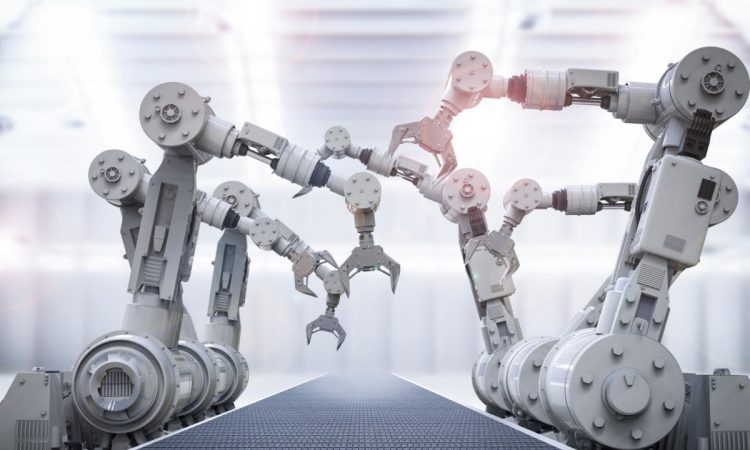
In the age we are living in, it is essential for all manufacturing companies to acquire and install robots in their operations.
Modern robots are small and have proved to be as effective or even better than traditional robots. They help organizations in different ways in making their process much smoother and simpler.
Here are some reasons why companies need robots to automate their production process.
Streamline bottlenecks in their production process
Small industrial robots usually are the last and best resort when you have numerous production challenges hindering your growth and success. Many companies have resorted to this technology to solve a persistent problem that are always present in their production process.
Once the robots are installed and they start working at the company’s premises, they eliminate all the problems that the company is currently experiencing. With the ability to perform multiple tasks, the robot can be applied for different processes thus changing the company’s product and processes completely.
Boost employee morale
Once a collaborative robot is brought into the organization, it is assigned tasks that are dull and dangerous to the human worker in the factory. The human workers on the other hand are given tasks that enable them to utilize their energies and consciousness fully. This then leads to better appreciation of the workplace processes.
With new and much better duties, employees work better and look forward to go to their workplace every other day. With reduced physical strain during their shifts, employees have fewer injuries and absenteeism which sees the company grow and develop a great workplace culture.
Modernize operations
Companies that have been in existence for a long time need to modernize their operations to compete in the current market. Small industrial robots are the solution.
With robots, companies are able to cheaply integrate and acquire modern solution to persistent problems that had due to being stuck in legacy manufacturing methods. With a modern plant, the organization will require fewer people in the production process and thus redeploy them to areas where they will be better needed.
With new production methods comes higher quality and thus more customers and more money in the bank.
Handle issues brought about by labor shortages
Modern collaborative robots are the solution to labor shortages in numerous industries. These robots are able to work faster and produce better quality products. Robots work for longer hours than any human team could ever do.
All you need to do is program the robots to complete a particular task as the little number of staff you have complete another that they are better suited for.
With these robots, you will have solved one of the most persistent problems within the manufacturing sector world over. There are numerous positions that go unfilled due to lack of the skills in the labor market as more and more people opt for the service industry jobs.
Easy to integrate with existing solutions
Small industrial robots do not require you to overhaul your entire production system. These robots are highly adaptive and will quickly and easily integrate with your old production equipment and system.
They are smart and easy to operate. You can therefore proceed with the equipment that you know best. The only change now is that the robots are in charge and help guide a new production process that eliminates persistent problems in your process.
Easy to learn
Many people are afraid that using robots is a complicated process. Anyone can learn how to operate a collaborative robot quickly. Further, cobot manufacturers like Universal Robots have introduced online academies where their customers can gain advanced knowledge on how to use their products for free.
Conclusion
All factories in this day and age need collaborative robots for their production processes. Small industrial robots enhance production and bring great efficiency to a production process. They can easily work with your existing machines to bring about sustainable and beneficial change to your organization.
